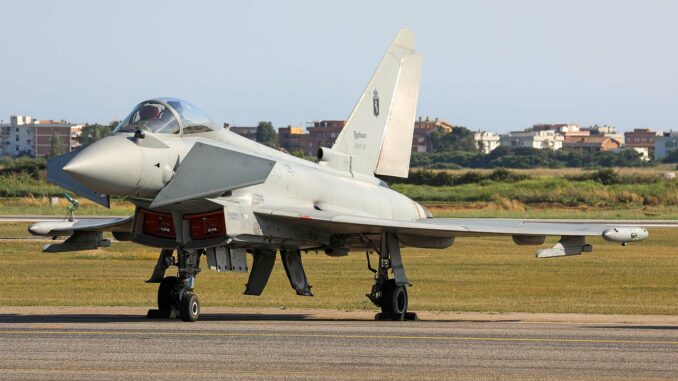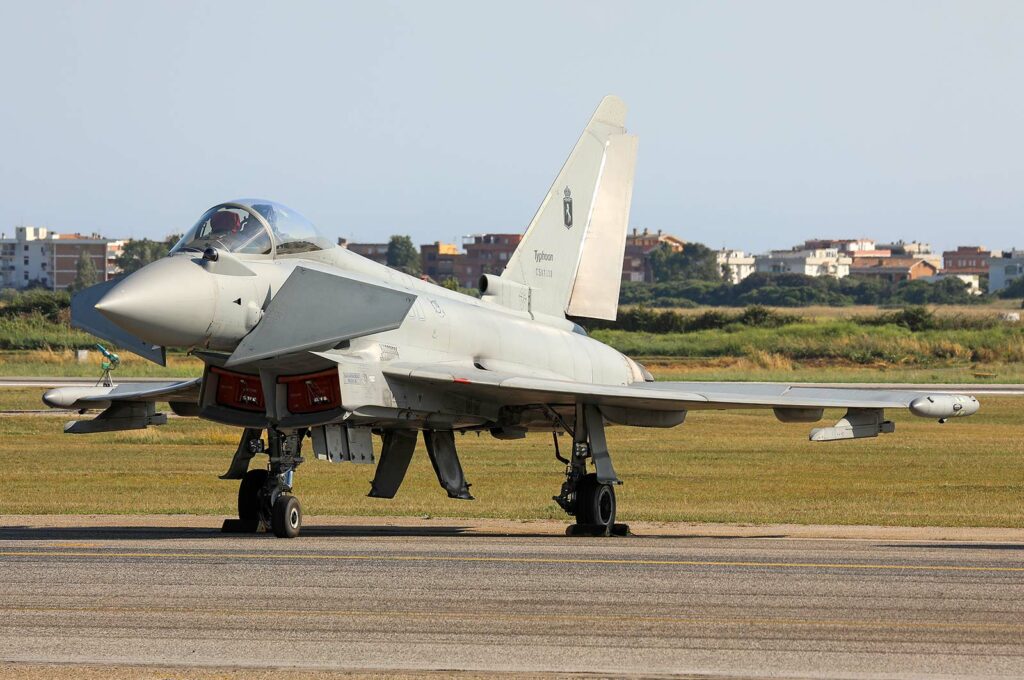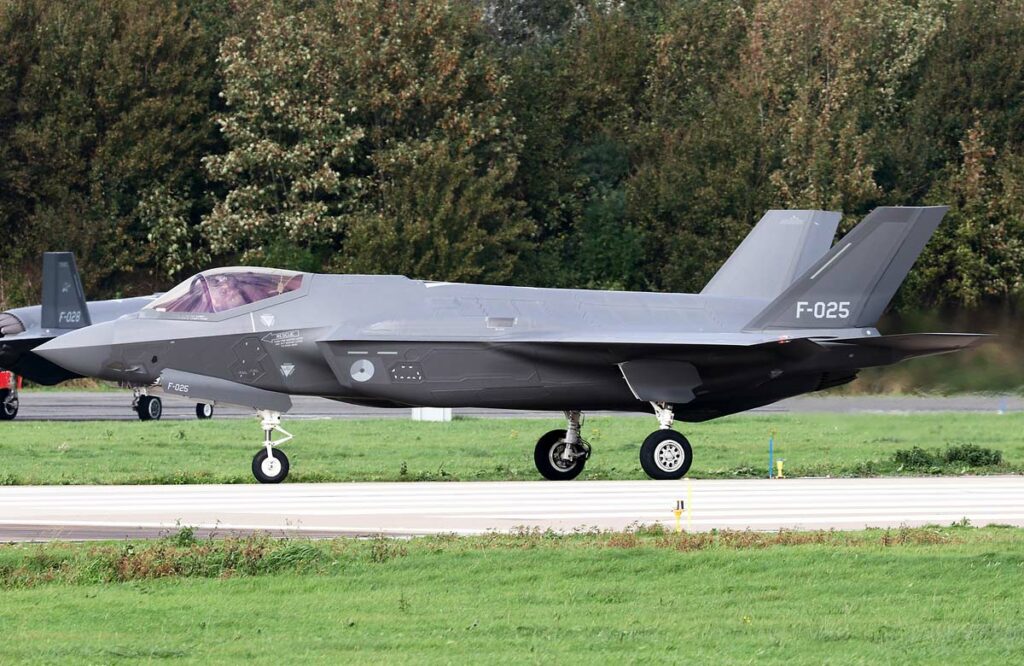
The “Atlantic Trident” joint exercise, involving fighter aircraft from the UK, France and the USA, demonstrated exceptional military coordination and adaptability in the face of contemporary threats. This drill demonstrates the importance of international cooperation in defense and crisis management.
The “Atlantic Trident” exercise, involving the air forces of the United Kingdom, France and the United States, marked an important milestone in international military collaboration. The exercise was designed to respond to a hypothetical attack on their main bases, highlighting the agility and adaptability of these forces in the face of evolving threats.

The dynamic nature of the exercise
The Royal Air Force (RAF), the French Armée de l’Air and the US Air Force took part in the exercise with their respective combat aircraft – Typhoons, Rafales and F-35s. The scenario involved an in-flight notification that their bases of operations were inaccessible, forcing them to disperse and redeploy to RAF Leeming in Yorkshire, without any prior preparation. This situation highlighted the flexibility and responsiveness required in modern military operations.
The importance of rapid deployment
Lieutenant-Colonel Veuille, commander of the French detachment, emphasized the need for rapid adaptation of strategies to meet current threats. The rapid and seamless deployment of this multinational force illustrated the evolution of strategies employed to counter emerging threats.
Preparing for complex scenarios
Air Marshal Harv Smyth stressed the importance of these joint exercises in preparing for all possible scenarios, including those where bases are inaccessible or under threat. The exercise demonstrated the RAF’s ability to relocate its capabilities from its home bases to other locations.
Demonstrating adaptability
The exercise highlighted the adaptability of both Typhoons and F-35Bs. The Typhoons were able to switch from air-to-air patrol to air-to-ground attack in mid-air. The UK’s F-35s maintained a mission for four hours by “hot-pitting” on an aircraft carrier, a technique involving refuelling and simulating rearmament with engines running.
Cooperation and interoperability
The exercise also involved in-flight refueling by French MRTT, American KC135 and RAF Voyager aircraft, underlining the interoperability and shared capabilities between the participating nations.

Consequences and future prospects
Exercise Atlantic Trident not only strengthened military cooperation between the UK, France and the USA, but also demonstrated the ability of allied forces to adapt rapidly to unforeseen and complex situations. This capability is crucial in an international context where threats can arise rapidly and unpredictably.
“Atlantic Trident proved that collaboration and preparedness are essential in the context of modern defense. The exercise not only tested the operational capabilities of the air forces involved, but also strengthened ties between these nations, underlining the importance of international cooperation in tackling global security challenges. In the future, such exercises are likely to become even more crucial in maintaining a coordinated and effective response to emerging threats.
War Wings Daily is an independant magazine.